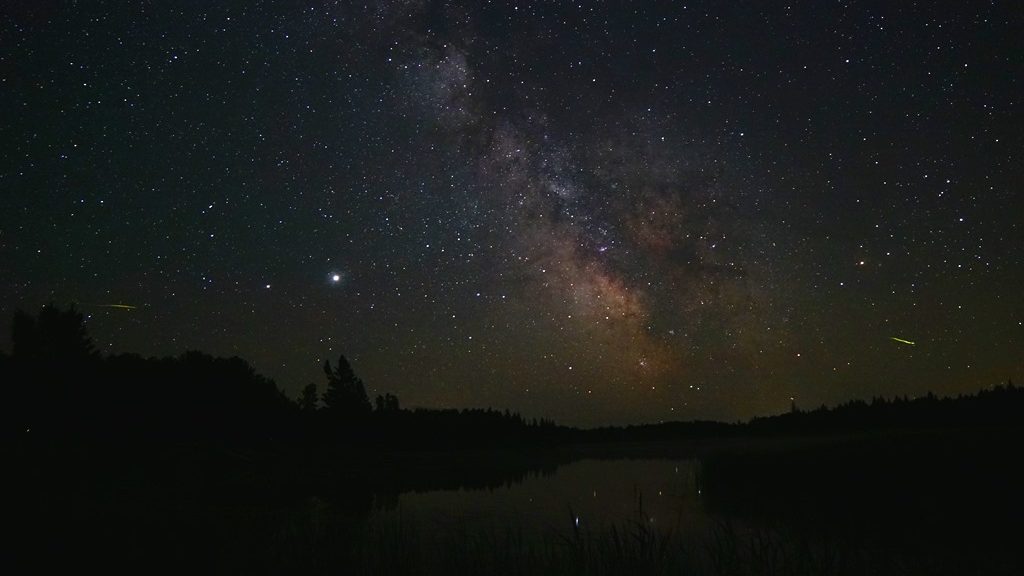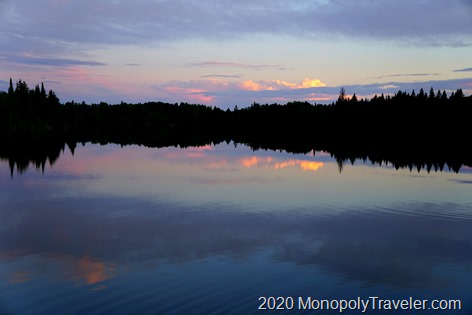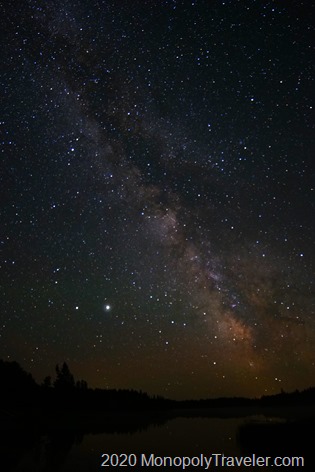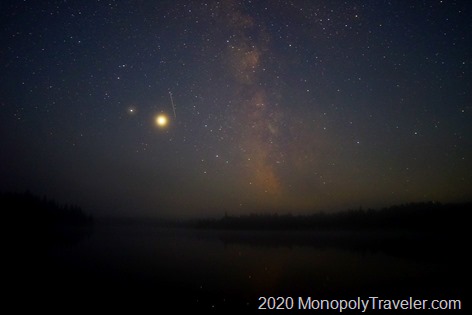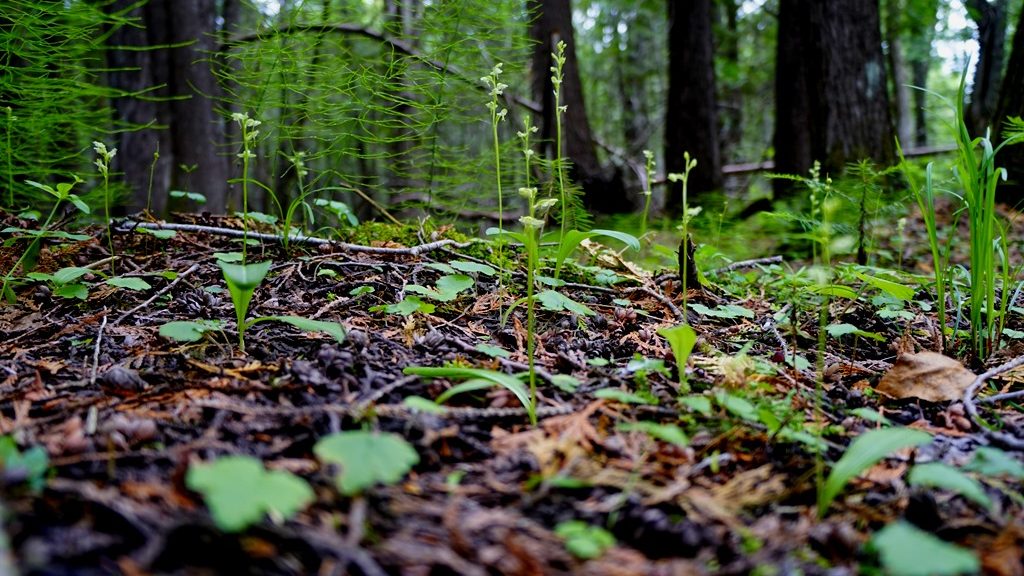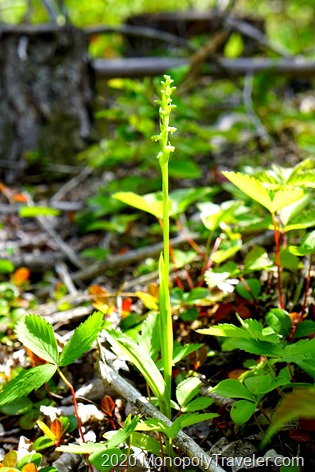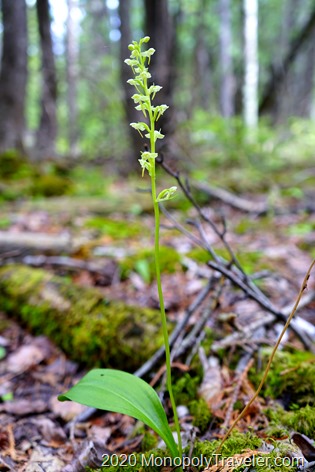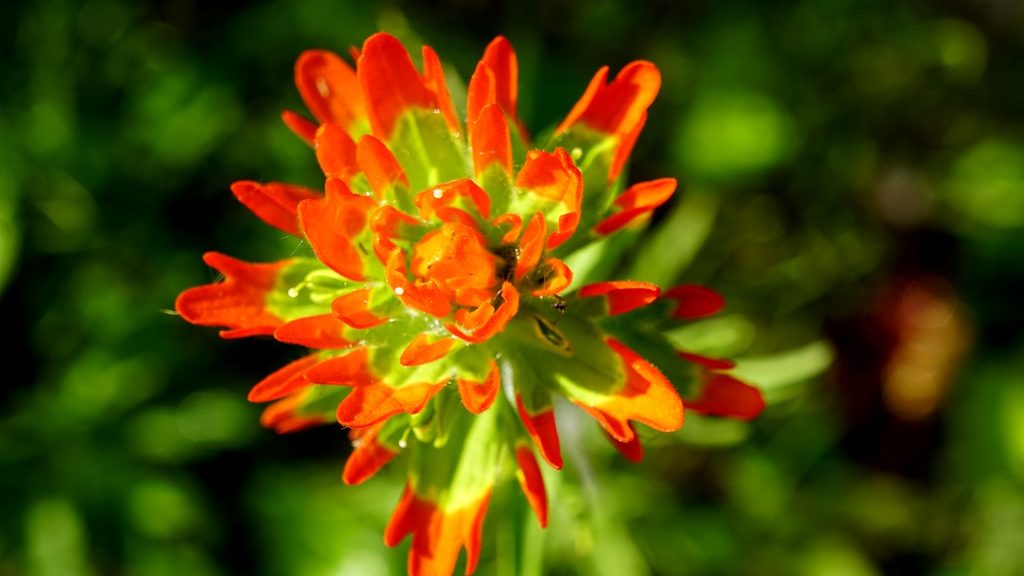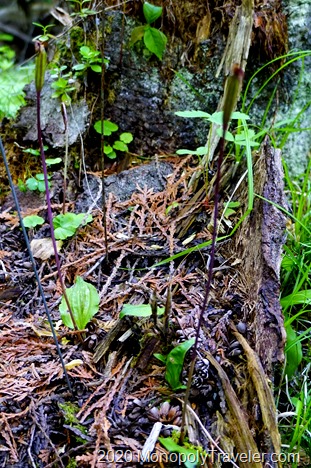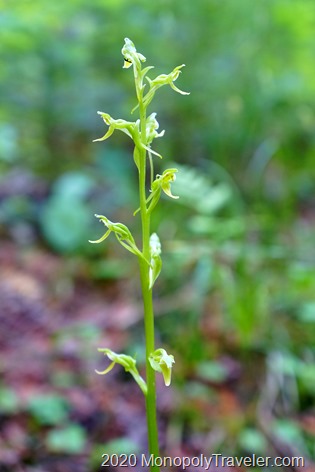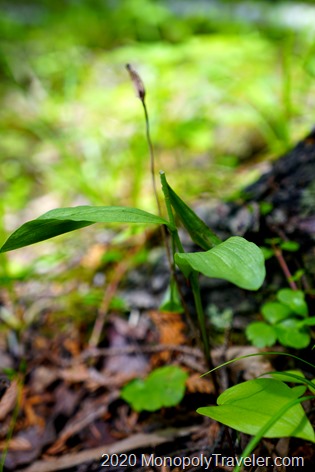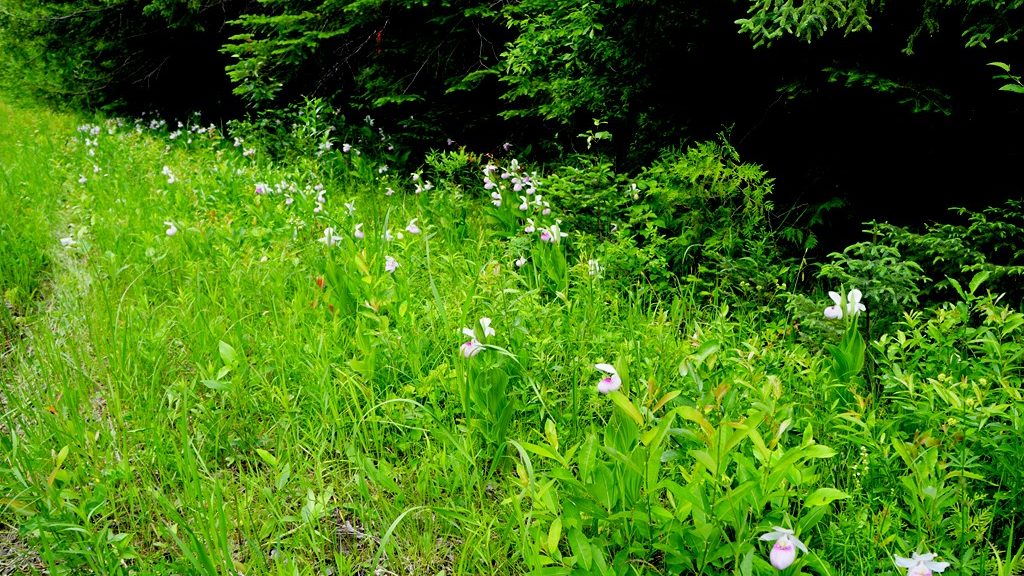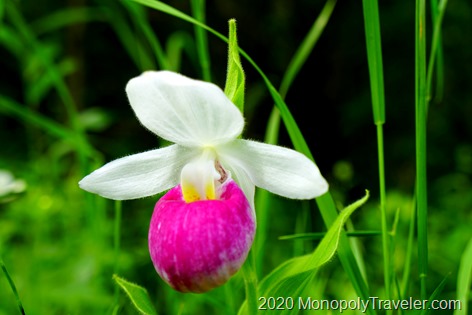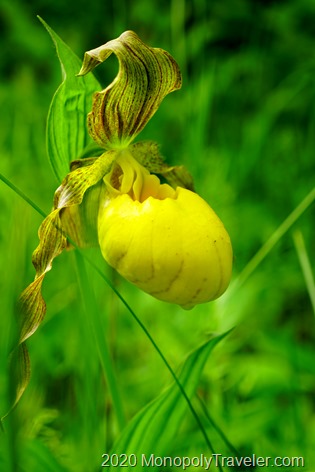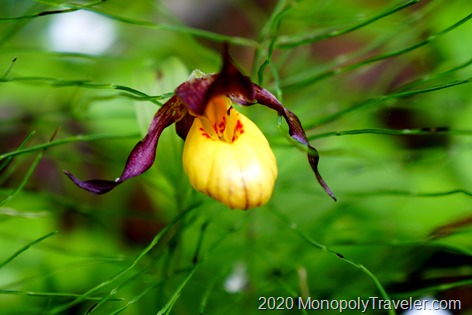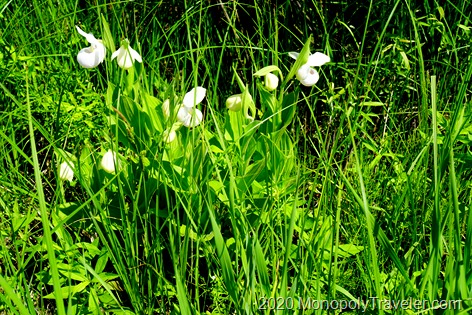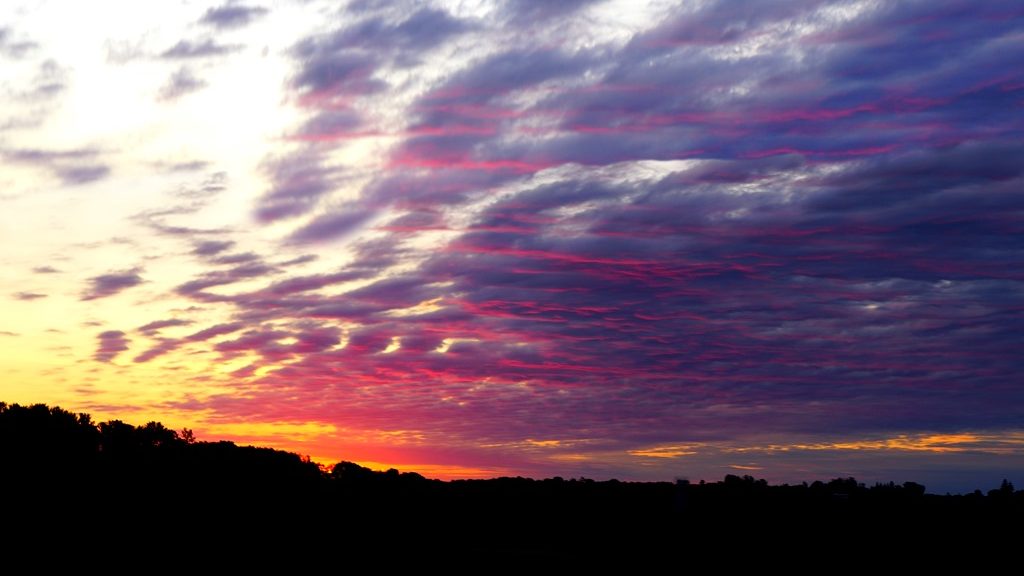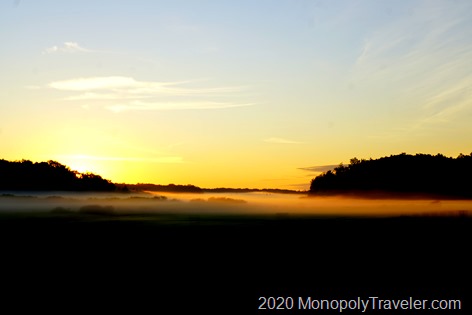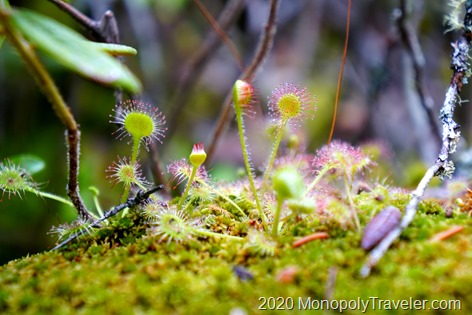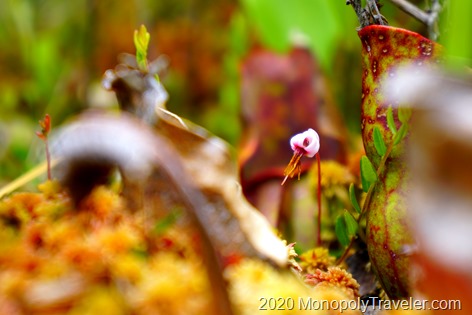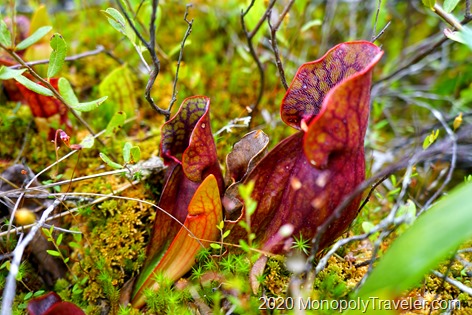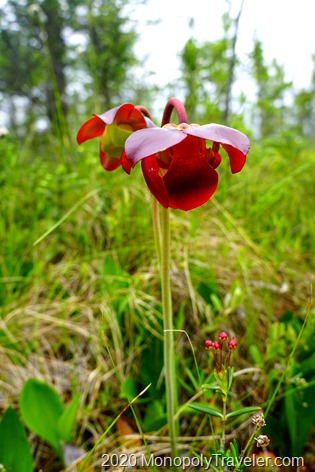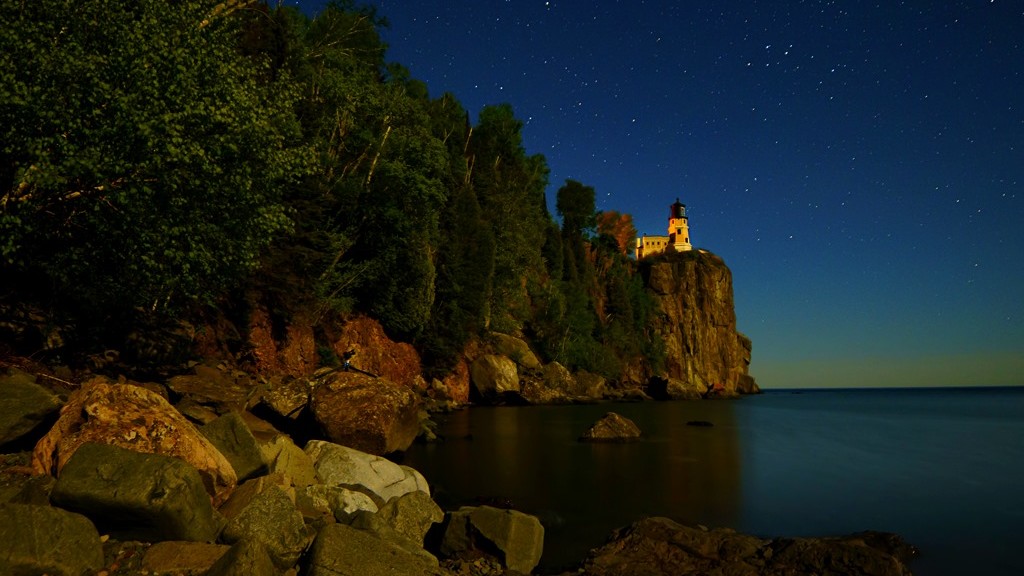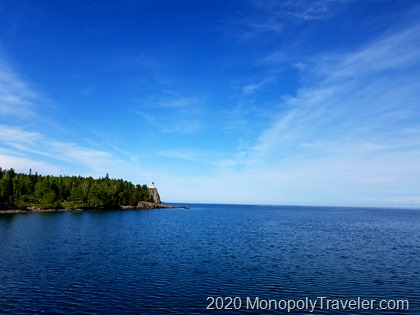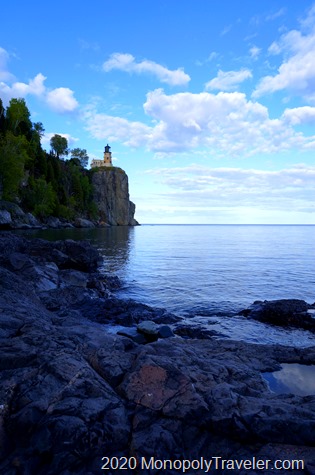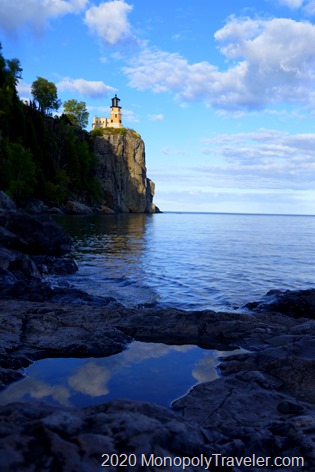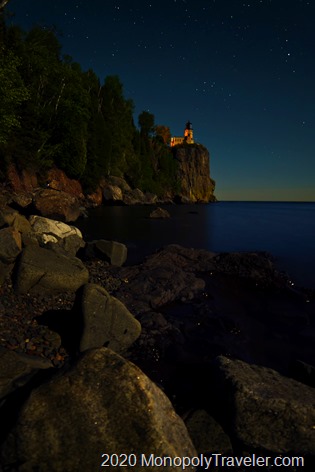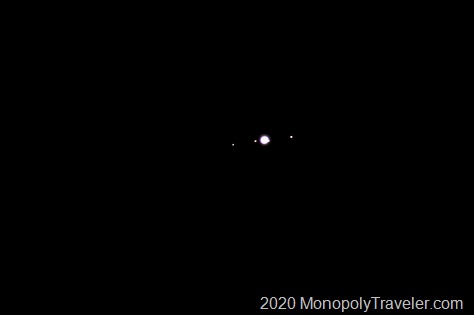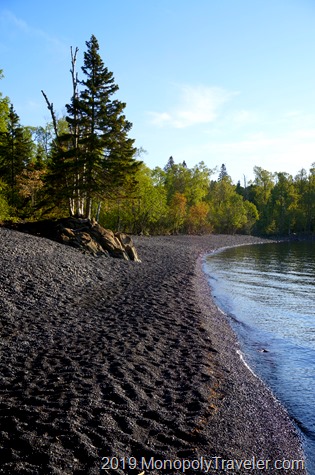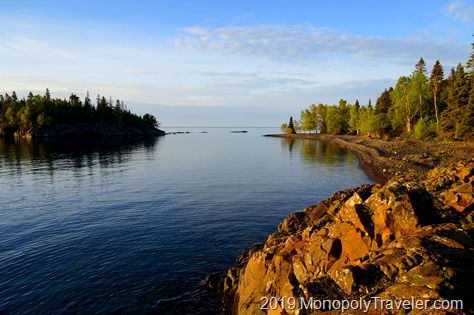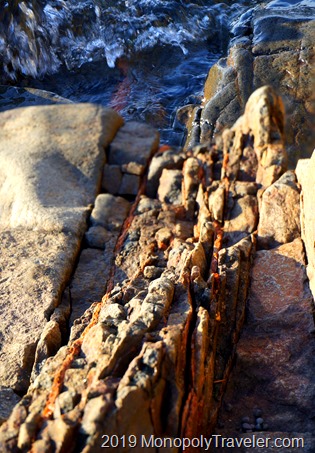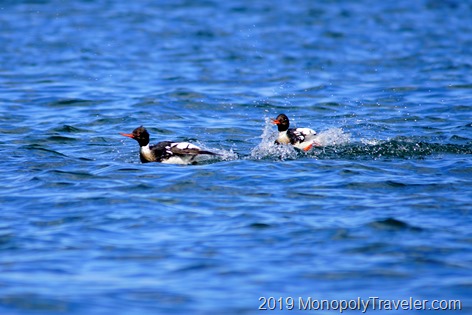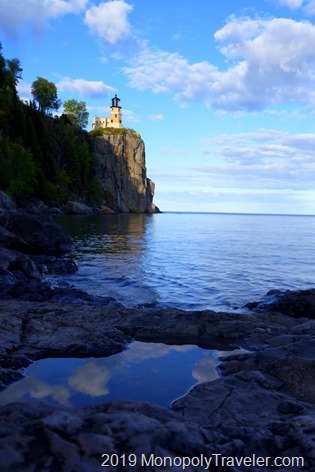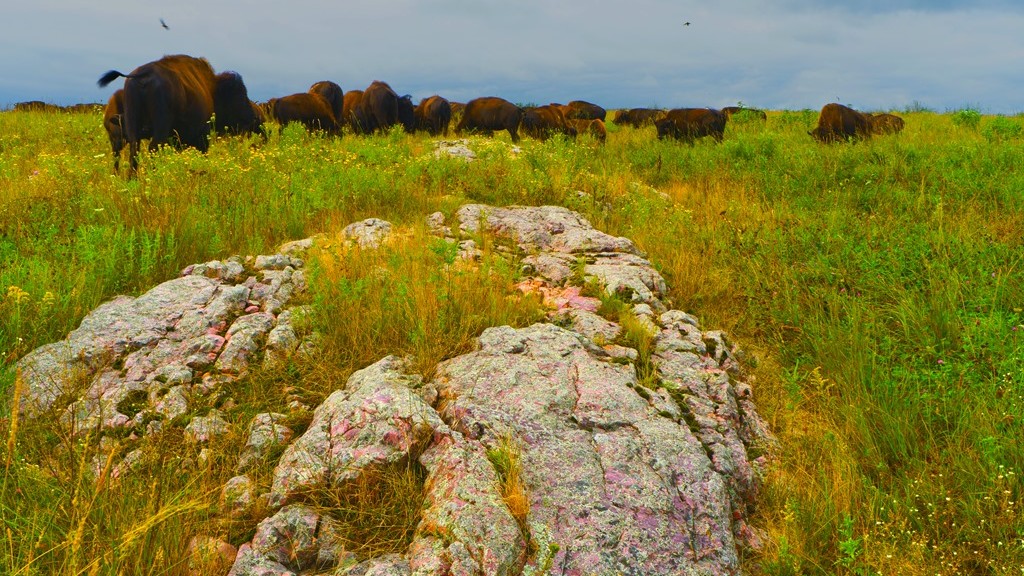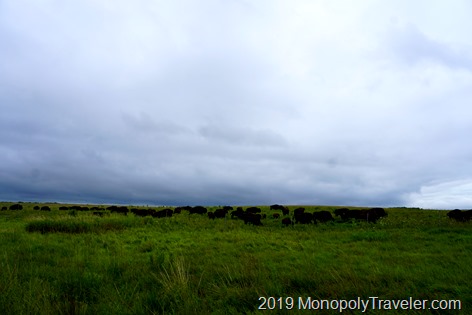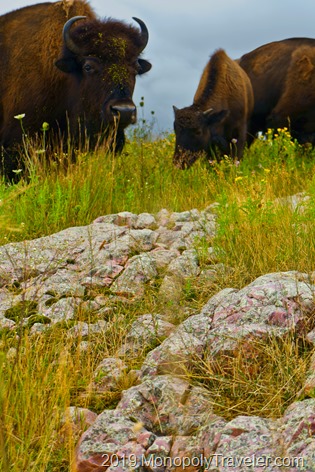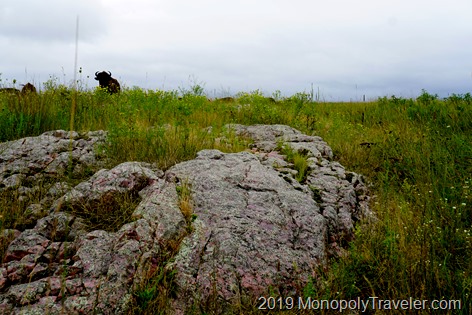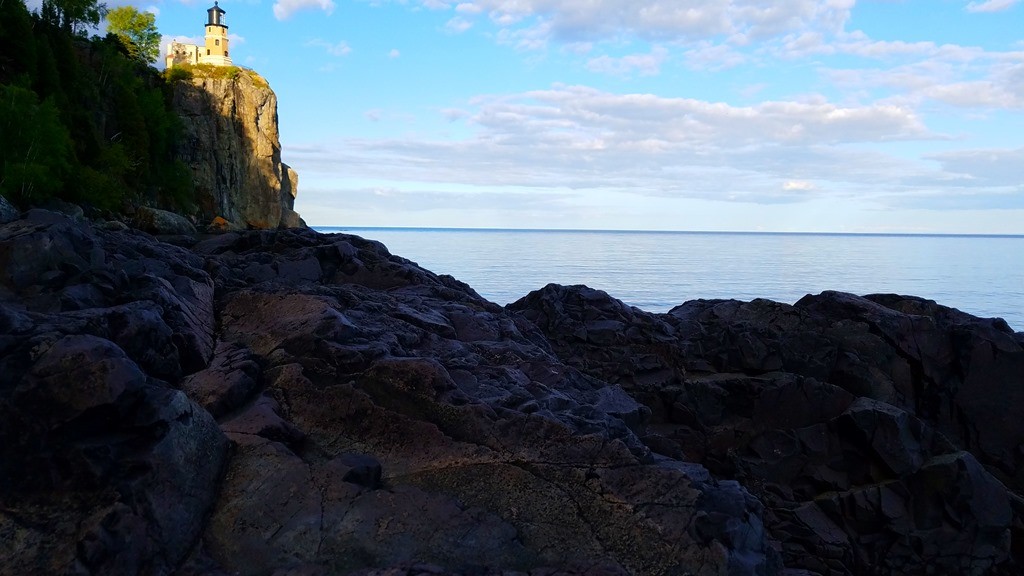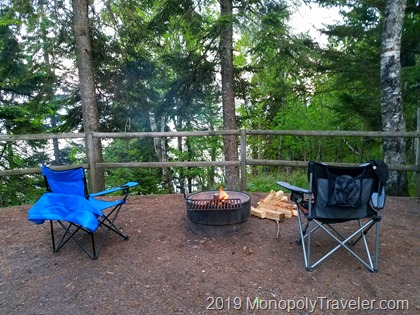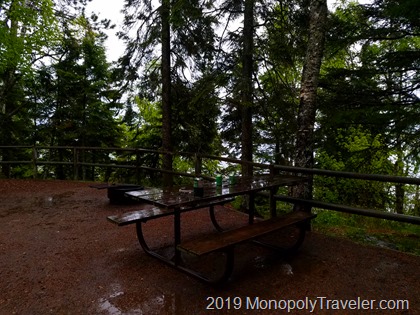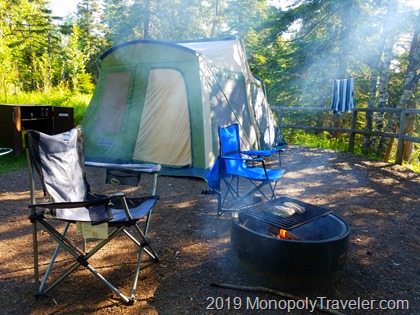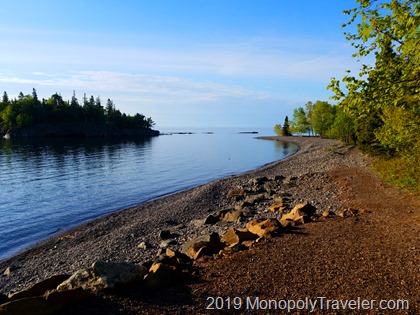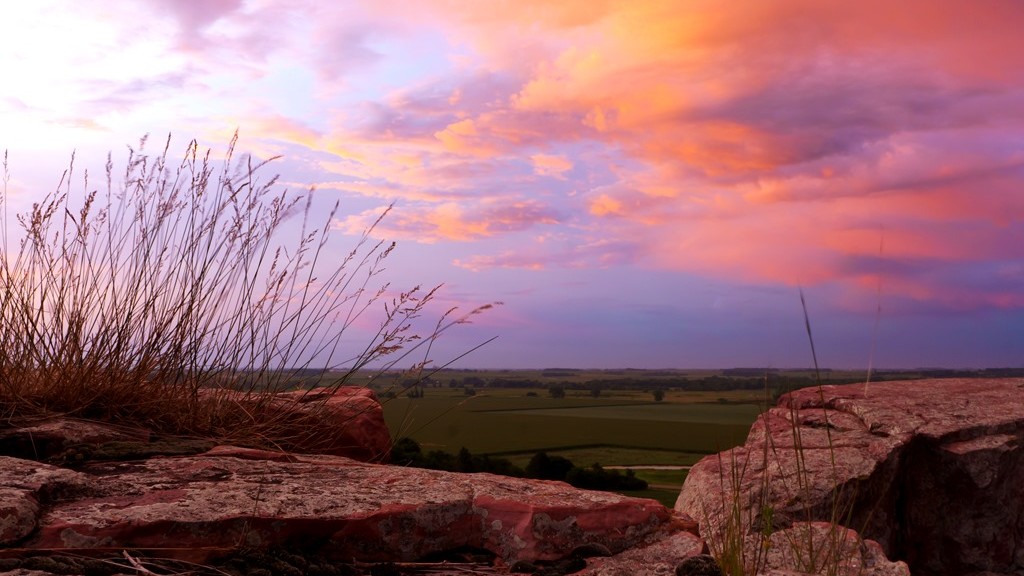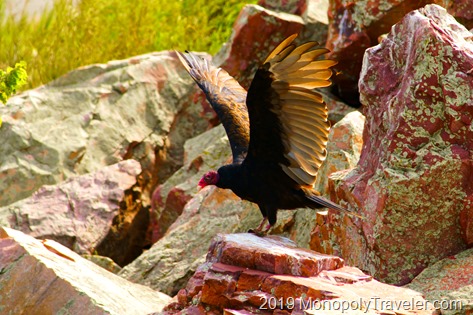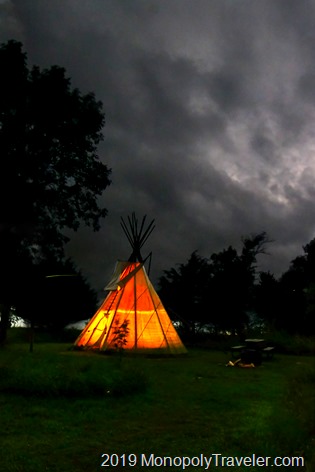Whenever I’m in a dark sky area I try to take some time to enjoy the night sky. Part of that involves doing some astrophotography. Something I really enjoy and keep trying to improve on. There aren’t a lot of opportunities throughout the year to do this but when they appear, it’s a lot of fun. Early in the summer I was in Northwestern Minnesota searching for orchids. During the night I was hopeful fireflies would be scooting across the sky providing some nice entertainment as they flash their little green lanterns in addition to doing some stargazing. As you can see in the first photo there were some fireflies illuminating beneath the beautiful Milkyway. These were some of the darkest skies I’ve seen producing a sky filled with twinkling lights.
After a day of orchid hunting it was time to slow down and enjoy the evening with a quick dinner followed by a scouting trip to find some potential spots to take in the night sky. Exploring nearby Hayes Lake revealed some possibilities for a clear view of the beautiful night sky while providing some nice reflections in the calm water. With that accomplished, relaxation was on the schedule as the sun dipped lower and lower towards the horizon on this calm, comfortable summer evening. If only the mosquitoes would relent it would be a perfect end to such an enjoyable day. As I watched the sun prepare to set, I searched for a few different ways to capture it with the camera while watching people as they caught a few fish from a nearby dock. This seemed like the definition of what a summer day in Minnesota should be.
As the sun slipped below the horizon, its light began to shine on cloud tops off in the distance. Storms where in the area. Fortunately they stayed south for the night. A little more time enjoying twilight and I returned to camp to for a small fire while the sky grew darker and darker around me. Tempted to retire for the day, or at least take a nap, I resisted becoming lost in the flames dancing from log to log in my campfire. Almost three hours had passed since leaving the setting sun and the sky had turned from a light blue to almost black filled with billions of twinkling lights above. The fireflies began their nightly courtship display darting from one place to the next. Energy was again returning as I gathered my equipment for a night of star picture taking.
Arriving at the first spot I scouted earlier, I set up the camera and began to work on focusing the lens while tweaking my composition capturing the night sky. I couldn’t believe how incredible it all looked with the first couple of pictures. How could I decide between looking up at all these magnificent stars, fireflies, meteors shooting across the sky, and satellites or remaining focused on capturing all of this with the camera? While the camera was taking the picture I would just look up to take it in as the camera needs about a minute while the shutter was open. Then I looked at the shot just captured before adjusting and taking another one. The night was flying by and before I knew it, several hours had passed. My time capturing the bright lights shining above came to an end as fog began to rise from the water hiding the landscape from the camera. I didn’t want this night to end but was very thankful for the time available. Only a couple of hours now until the sun returns.

